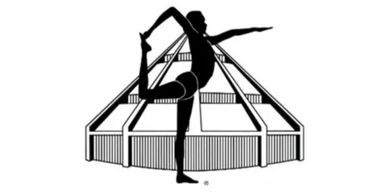What is Iyengar Yoga?
B.K.S Iyengar
B.K.S Iyengar

Iyengar yoga is named after the world renowned teacher B.K.S. Iyengar (1918-2014), who popularised yoga in the West in the 60s and 70s with his pioneering teaching.
His comprehensive understanding of yoga postures (asanas) was acquired through hours of daily practice over many years and he credited this dedicated practice with helping him to overcome serious childhood illness and transform his body.
A true practitioner, he continued his yoga practice for over 85 years (even into his 90s) until he died in 2014, having taught for over 75 years worldwide. His children, Geeta (1944-2018) and Prashant Iyengar, and grand-daughter Abhijata continue his legacy.
Accessibility
B.K.S Iyengar

Iyengar yoga focuses on the correct alignment of the body in yoga postures in order to get the maximum benefit from them. It works the mind as well as the body and is great for improving posture, concentration and your overall body intelligence or awareness.
It’s a very accessible form of yoga and your innate flexibility (or lack of it) is irrelevant. B.K.S. Iyengar originated the use of props (such as blocks, belts and bolsters) to help his students work towards yoga postures that were otherwise unmanageable. These items are now widely used in yoga of all styles in studios worldwide.
Training & Certification
Training & Certification

Iyengar teachers are rigorously trained to provide clear demonstrations, detailed instructions and effective teaching points which help an individual to practice safely, whatever their current ability level and age.
The Iyengar Certification Mark is used to identify “bona fide” Iyengar yoga teachers and is an international symbol of the highest standard of training and continuing education in the Iyengar method of yoga.
I became a certified Iyengar yoga teacher in 2016 and have continued to develop my own practice and teaching since then.